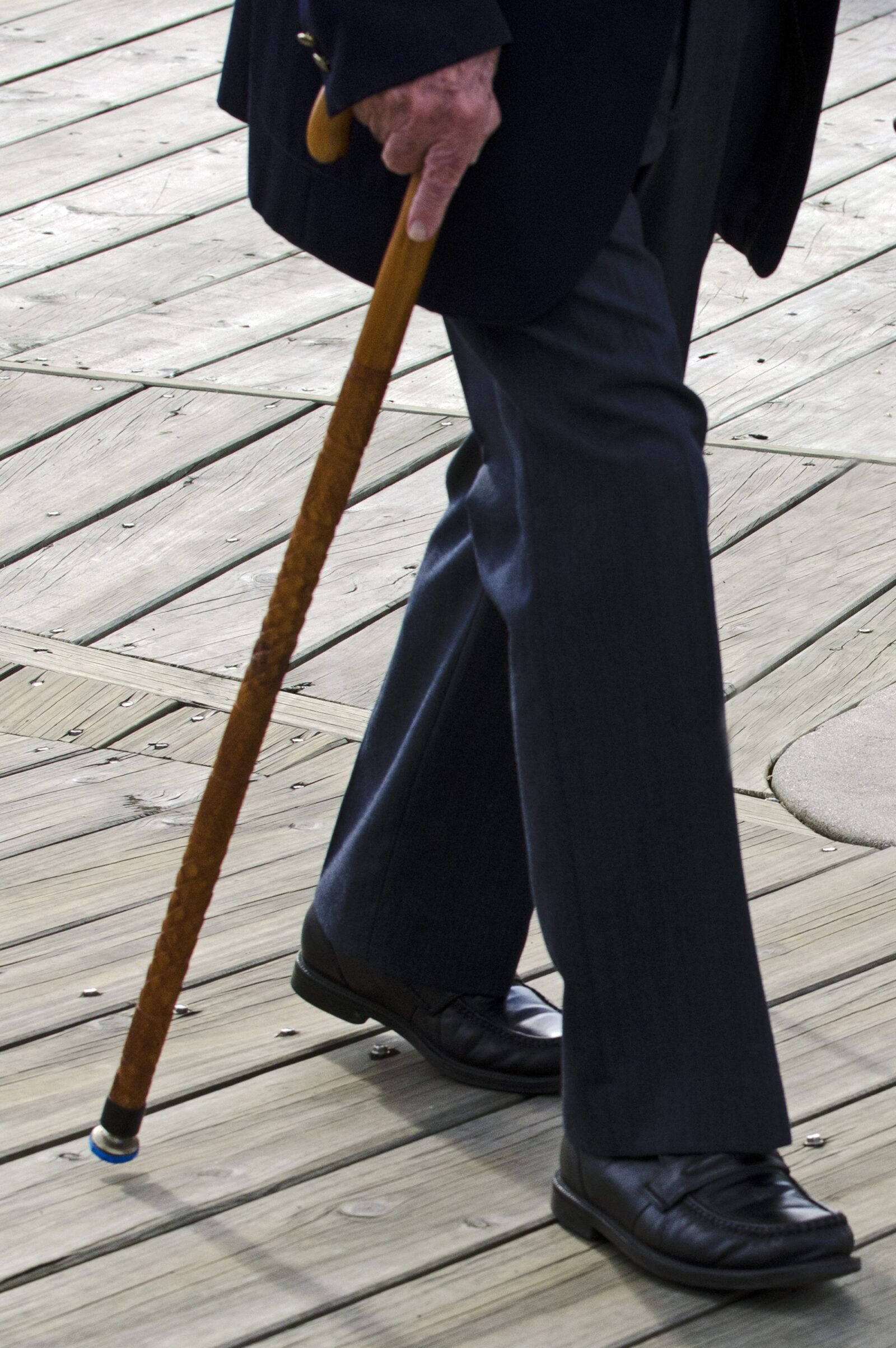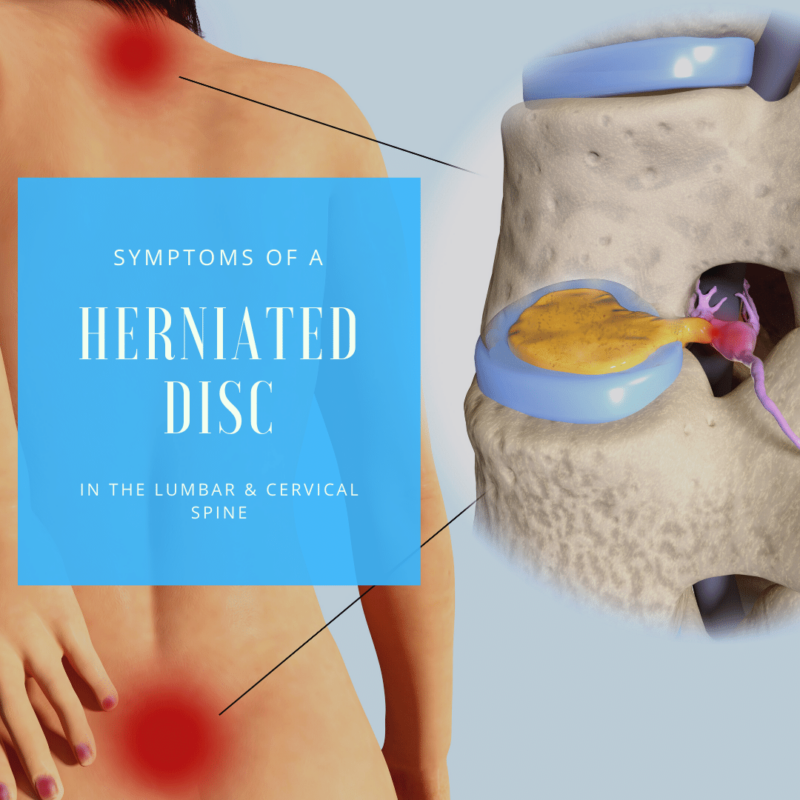As spine specialists, we see many patients who come in with the same complaint – a herniated disc. However, they don’t always realize that is the cause of their discomfort. More often than not, these people have been living with this issue for years and didn’t know it could be causing them so much pain. There are three common symptoms of a herniated disc that you should never ignore. If any of these signs sound familiar to you, call your spine specialist today!

Herniated Disc in the Lumbar Spine
In most cases, herniated discs occur in the lumbar spine. In fact, Spine-Health notes that as many as 90% of herniated discs occur at L4-L5 or L5-S1. When it comes to herniated discs in the lumbar spine, there are a few key symptoms. These can include:
Leg Pain (Sciatica)
A herniated disc in the lumbar spine often places pressure on the sciatic nerve. The sciatic nerve travels from the spine, down through the hip and all the way down the leg to the foot. When this nerve is compressed, it can cause pain that radiates all the way from the spine to the foot.
Foot Drop
Another unfortunate occurrence associated with compression of the sciatic nerve is foot drop. Foot drop is a condition characterized by weakness when raising the big toe. This can also cause weakness when lifting the ankle, and can be accompanied by numbness and/or pain on the top of the foot.
Weakness
A final symptom associated with the compression of the sciatic nerve is weakness when standing on the toes. This can also be accompanied by numbness and pain in the sole of the foot, as well as on top of the foot.
Herniated Disc in the Cervical Spine
Herniated discs in the cervical spine are not as common simply because there is less disc material and less force exerted on the cervical spine. While herniated discs are not as common in the cervical spine, this does not mean that they never happen. Here are some common symptoms associated with a herniated disc at different levels in the cervical spine:

At C4-C5
A herniated disc in this area often causes pain and weakness in the deltoid muscle. However, numbness or tingling is usually not experienced. In some cases, there can also be shoulder pain.
At C5-C6
This is the most common location for a cervical herniated disc to occur. A herniated disc in this area causes weakness in the biceps and wrist extensor muscles. It can also cause pain, numbness, or tingling that radiates towards the thumbs.
At C6-C7
Another common location for a cervical herniated disc, this can cause weakness in the triceps and the extensor muscles of the fingers. It can also cause numbness and tingling in the triceps and fingers.
At C7-S1
This can cause weakness in hand grip, as well as numbness, pain, and tingling that radiates from the top of the arm to the pinky finger.
It is important to be aware of these common symptoms of a herniated disc in the lumbar and cervical spine. Pain, numbness, or tingling that radiates down into an arm or leg could all be due to a herniated disc. If you have been living with these issues for years without knowing why, then call our spine specialists today! Let us help relieve some pressure on the spine and get you back on your feet feeling like a new person.










